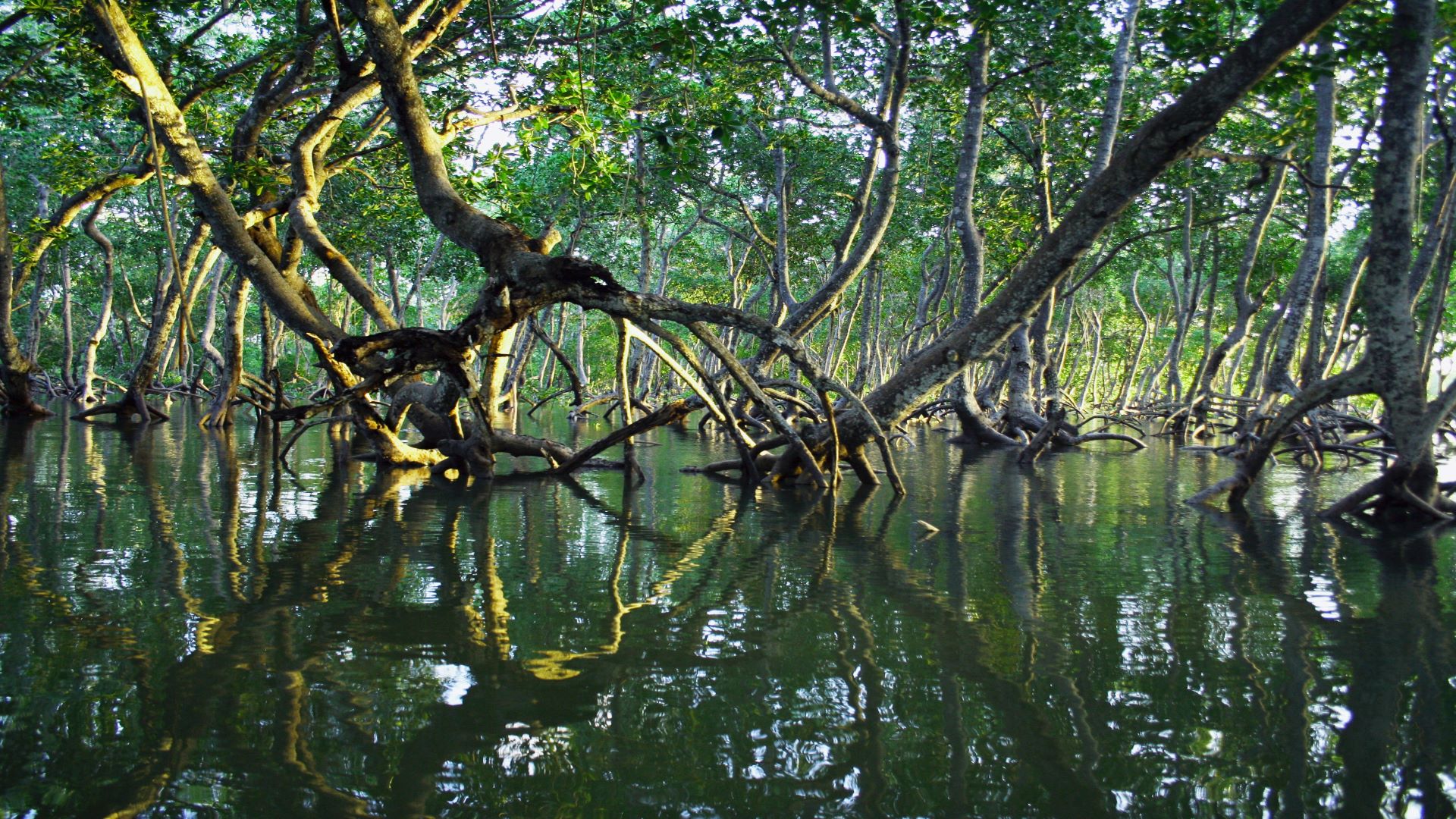Some of the world’s biggest carbon sinks can be found scattered along tropical coastlines.
Mangrove forests straddle the category of both land and sea plants, growing on the shores of the tropical and subtropical regions.
They make up less than 1% of the planet’s forests, yet they support a thriving ecosystem and are essential for the protection of our planet in more ways than we appreciate.
You may have heard the phrase, ‘rainforests are the lungs of the earth’. However, aquatic mangrove gardens are possibly more deserving of this recognition as they are extremely efficient at carbon sequestration – absorbing in their soil more than double the amount of carbon that rainforests do.
To give an idea of how much that is, the world’s mangroves absorb 24 million metric tonnes of carbon in their soil per year – a massive portion of the 43 billion tonnes we emit annually.
At land level, they offer homes to small animals such as insects, lizards, snakes, and birds, while their ocean-submerged roots act as protective nurseries for saltwater fish populations and larger marine mammals like dugongs – which are inherently cool because they sound like they’re named after a Pokémon.
Furthering themselves as a major asset to humans, mangroves are a protective barrier for island coastlines, reducing the amount of flooding and erosion that is caused by storms or tsunamis.
This line of defence is essential for communities living in these areas, as the climate in which mangroves thrive are susceptible to hurricanes.




















